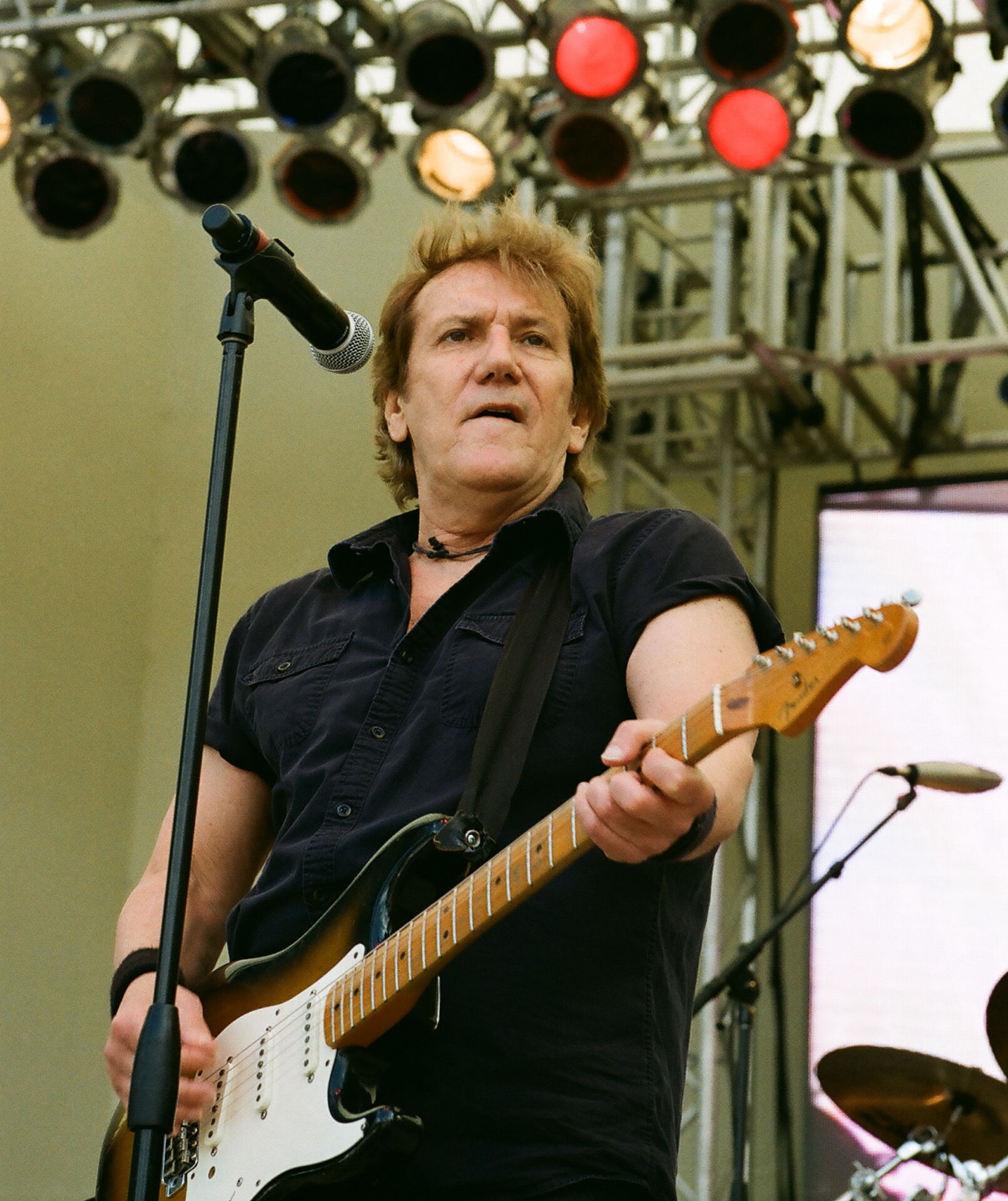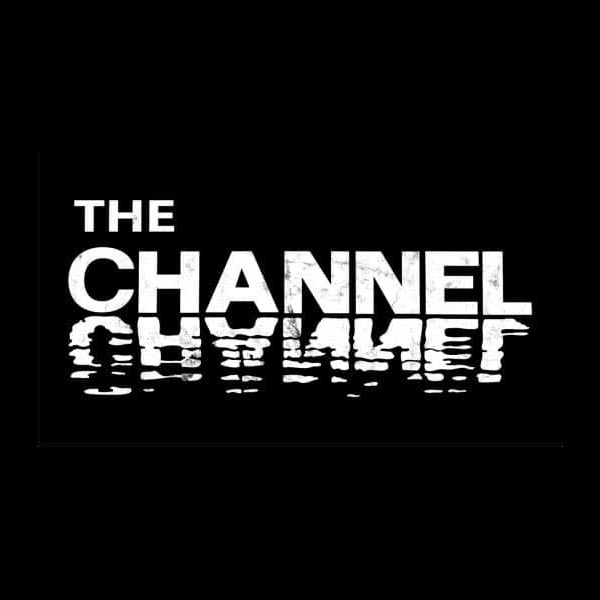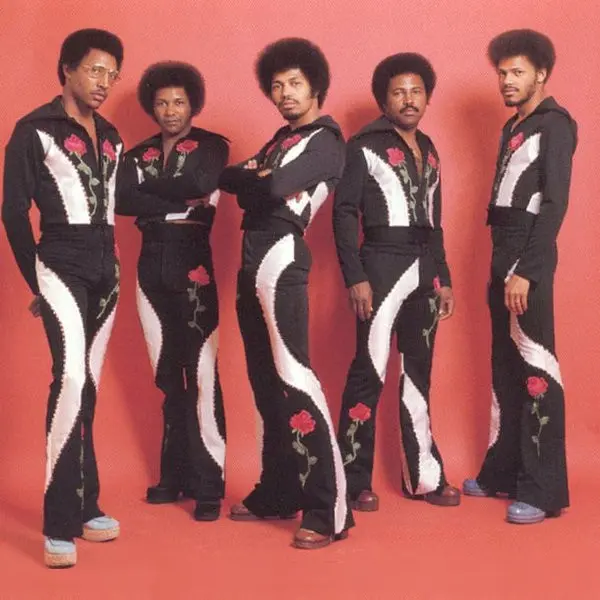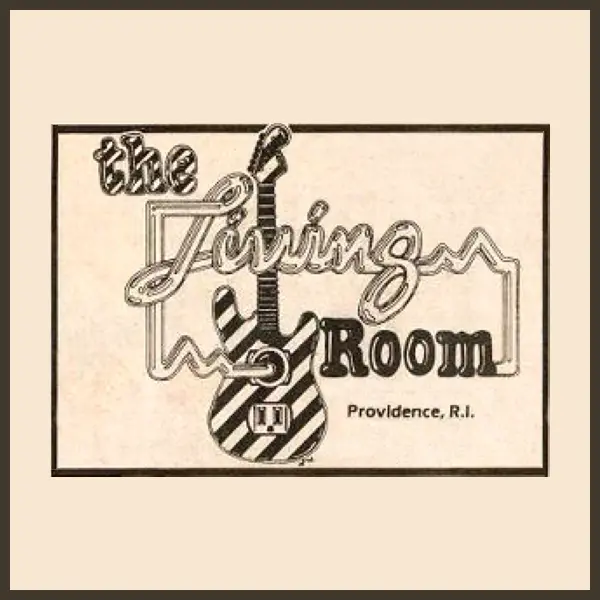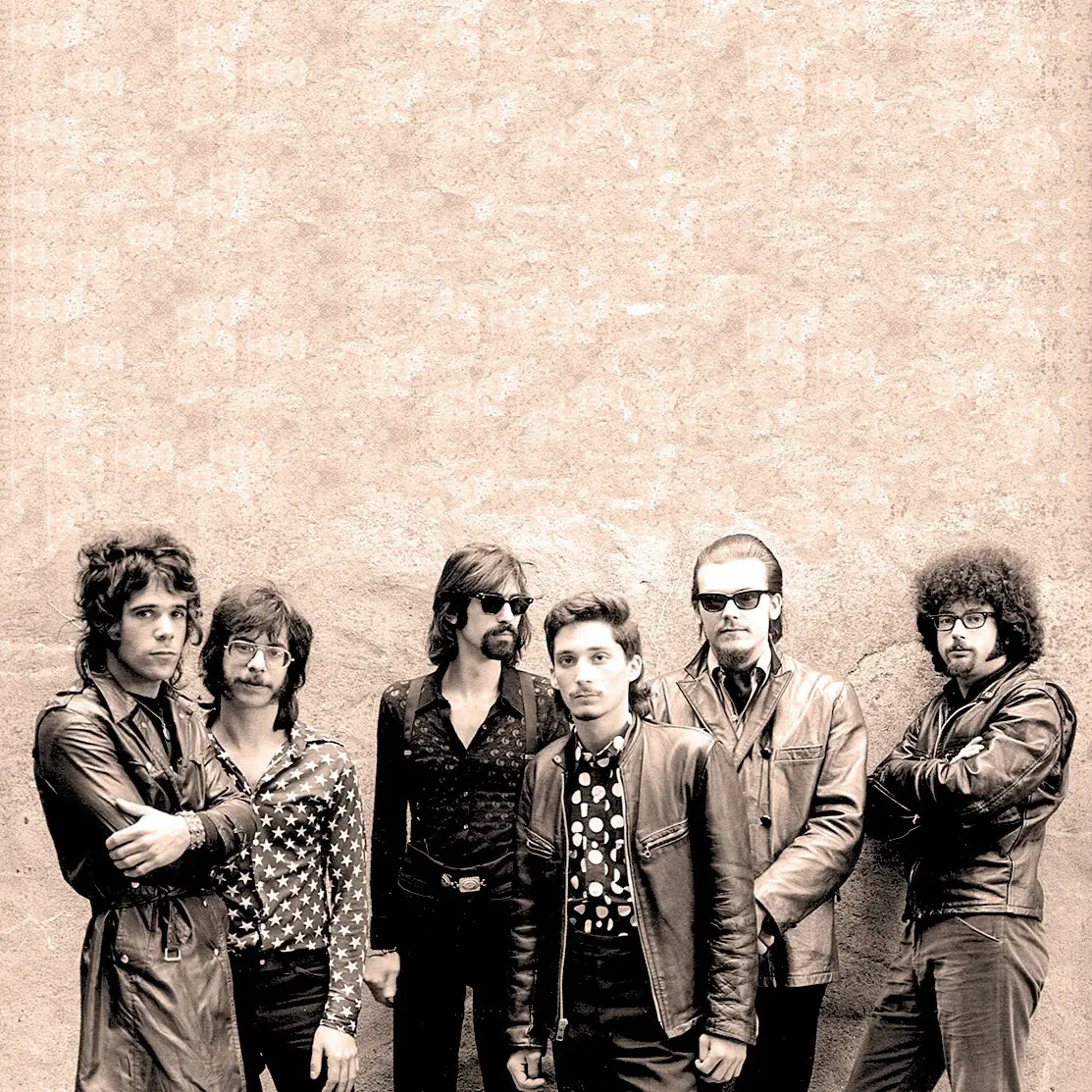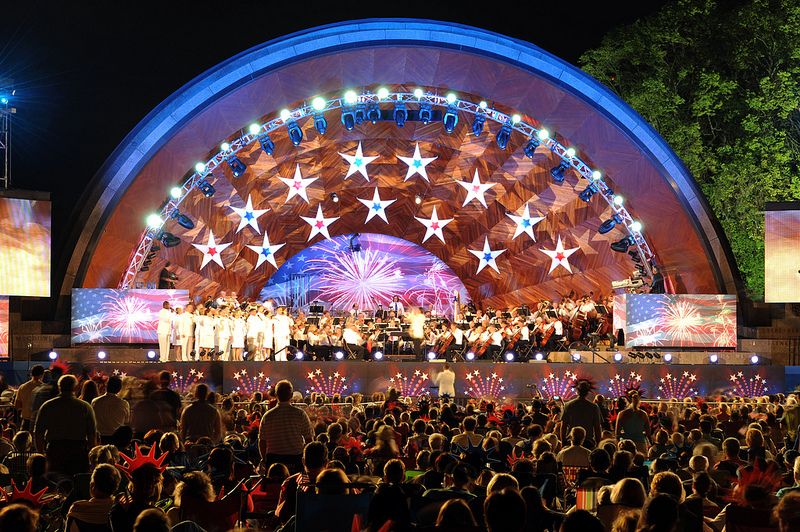John Cafferty

In real life, Peter Falk was not Columbo, Ted Danson is not Sam Malone, Daniel Radcliffe is not Harry Potter and John Cafferty is not Eddie Wilson, the rock star in the 1983 box-office flop Eddie and the Cruisers, for which Cafferty wrote the chart-topping soundtrack.
And quite unlike the character in the movie – spoiler alert: Eddie crashes his car and vanishes without a trace, ending his rock ‘n roll dreams forever – in the almost 40 years since the film’s release, Cafferty has been dazzling crowds as much as ever. With his superb songwriting and passionate performances, he’s demonstrated a timeless appeal and continues to draw thousands, despite having spent over three decades years without a recording contract.
Musical beginnings, Beaver Brown
Born in 1950 in Narragansett, Rhode Island, Cafferty started playing guitar at age 14 and formed his first band, The Nightcrawlers, at age 15. After renaming the group The East-West Blues Band, they played blues, R&B and rock covers at school dances and small clubs before breaking up after graduation, when Cafferty became lead singer of The Luvin’ Kynd, a rock group which included drummer Kenny Jo Silva.
In 1972, when The Luvin’ Kynd disbanded, Cafferty and Silva formed Beaver Brown – named after a color they saw listed on a can of paint – with four well-known players on the Rhode Island club circuit: guitarist Garry “Guitar” Gramolini, bassist Pat Lupo, keyboardist Bobby Cotoia and saxophonist Paul Jackson. With a hard-edged but equally soulful sound – admittedly influenced by The J. Geils Band’s tough-but passionate vibe – the band served up an irresistible cocktail of classic R&B stirred into vintage rock ‘n roll, with Cafferty, the primary songwriter, singing with a balance of Wilson Pickett’s sweet sentimentality and Mick Jagger’s brash bravado.
In 1973, after debuting at Providence College, Beaver Brown became one of the tightest, most sought-after bands in Rhode Island. In 1977, after Michael “Tunes” Antunes had replaced Jackson on sax, the group landed a weekly gig at Lupo’s Heartbreak Hotel in Providence and throughout 1978 and 1979 they played up and down the Northeast corridor and were a frequent act at Toad’s Place in New Haven.
Springsteen comparison, New York City debut
Often compared to Bruce Springsteen & the E Street Band for their blue-collar image, tireless work ethic and dynamic live performances, the band became nearly as popular in beach-resort towns like Asbury Park, New Jersey, as they were in New England. The band has opened for Springsteen multiple times over the decades.
In 1980, after self-releasing “Wild Summer Nights” and “Tender Years,” both of which saw steady airplay on the East Coast, Beaver Brown made their New York debut at The Bottom Line in September. Despite that high-profile gig and the consistent popularity of their live shows, however, major labels ignored the group except to write terse rejection letters saying they sounded too much like Springsteen.
Eddie and the Cruisers soundtrack
In 1983, the band’s fortunes reversed when Kenny Vance, a longtime Beaver Brown fan who was the music supervisor for the movie Eddie and the Cruisers, hired Cafferty to write a few songs for the film. After hearing how well Cafferty’s tracks captured the movie’s mood, director Martin Davidson asked him to write the entire score.
Though the movie was a box-office dud, the album – recorded at Normandy Sound in Warren, Rhode Island, by musician-turned-engineer Phil Greene – rocketed up the charts, reaching #10 in the Billboard Top 200. The song “On the Dark Side” hit #1 in the Billboard Rock chart and #7 in the Billboard Hot 100 while the second single, “Tender Years,” peaked at #7 in the Billboard Hot 100.
In 1984, now full-fledged rock stars – and officially renamed “John Cafferty & the Beaver Brown Band” – the group toured North America, including stops at The Channel in Boston and The Living Room in Providence, and appeared on the 1984/85 MTV New Year’s Eve Special with Joan Jett & The Blackhearts, UB40, General Public and Frankie Goes to Hollywood.
Tough All Over, Cobra, Rocky IV, Roadhouse, Eddie Lives!
In 1985, after signing with the CBS imprint Scotti Bros. Records, the band recorded its first non-soundtrack album, Tough All Over – also at Normandy Sound – with the title song hitting #1 in the Billboard Mainstream Rock chart, the single “C-I-T-Y” reaching the Top 40 and “Voice of America’s Sons” becoming the theme song of the movie Cobra. In May, the band opened for KISS at Boston Garden, followed by a North American tour and their debut gigs in Japan., Cafferty’s solo recording of “Hearts on Fire,” which he did not write, was featured in Rocky IV.
In 1988, the band recorded Roadhouse, a commercial disaster compared to their previous two efforts, but the supporting tour included sold-out shows at several major venues including the Providence Civic Center and the Hartford Civic Center in addition to concerts at Toad’s Place and The Channel, proving that their diehard New England fanbase was as devoted as ever. In 1989, they cut their final major-label album, Eddie and the Cruisers II: Eddie Lives!, which sold poorly and resulted in Scotti Bros. dropping the band from its roster.
1990s
In the 1990s, Silva left the band, replaced by former Tavares drummer Jackie Santos, Dean Cassell took over for Lupo and Steve Burke replaced Cotoia. The group continued to be a wildly popular live act across New England playing Rhode Island venues like The Rustic (Coventry) and the Sandywoods Center (Tiverton), Toad’s Place, The Sting and the Oakdale Theatre in Connecticut, the Hampton Beach Club Casino and The Matterhorn in Stowe, Vermont.
In the early 1990s, Scotti Bros. released two Eddie and The Cruisers albums of Cafferty-penned songs, The Unreleased Tapes (1991) and Live and In Concert (1992), and Cafferty’s “Get a Life” appeared on the soundtrack for the 1998 film There’s Something About Mary, which also included songs by Jonathan Richman and The Lemonheads.
2000s
In the 2000s, the band headlined regularly across North America including shows at the Hatch Memorial Shell in Boston in 2006, 2007 and 2010 and multiple gigs at the Mohegan Sun Resort & Casino in Connecticut, where fans from across the globe often asked Cafferty to sign his autograph “Eddie.” In 2012, John Cafferty & the Beaver Brown Band were inducted into the Rhode Island Music Hall of Fame.
In August 2021, the band performed the first in-person event at the Providence Performing Arts Center since the start of the Covid-19 pandemic in early 2020. They shared the bill with a group that’s compared to Springsteen and the E Street Band as often as Cafferty and the Beaver Brown Band: Southside Johnny and the Asbury Jukes.
(by D.S. Monahan)





